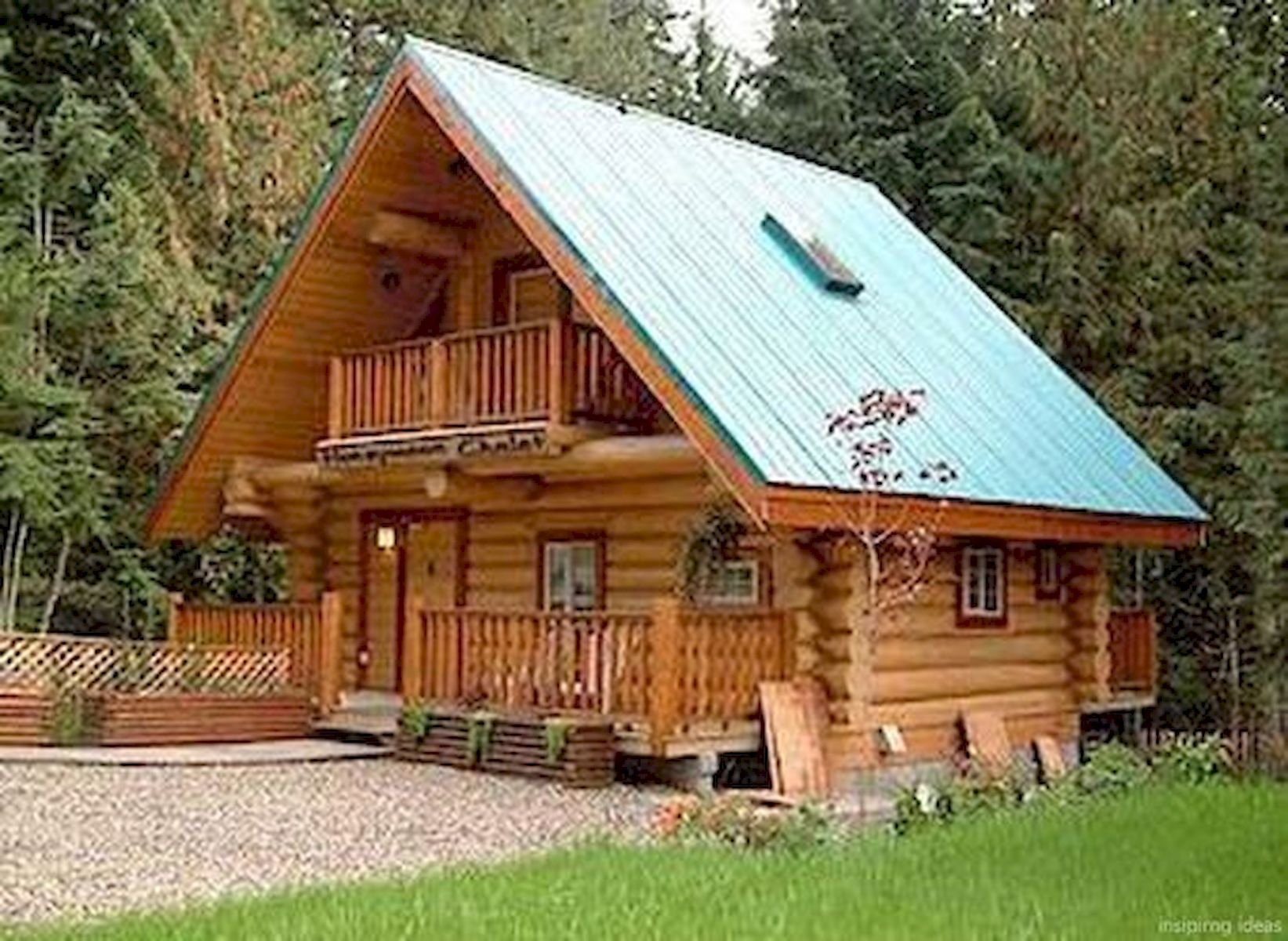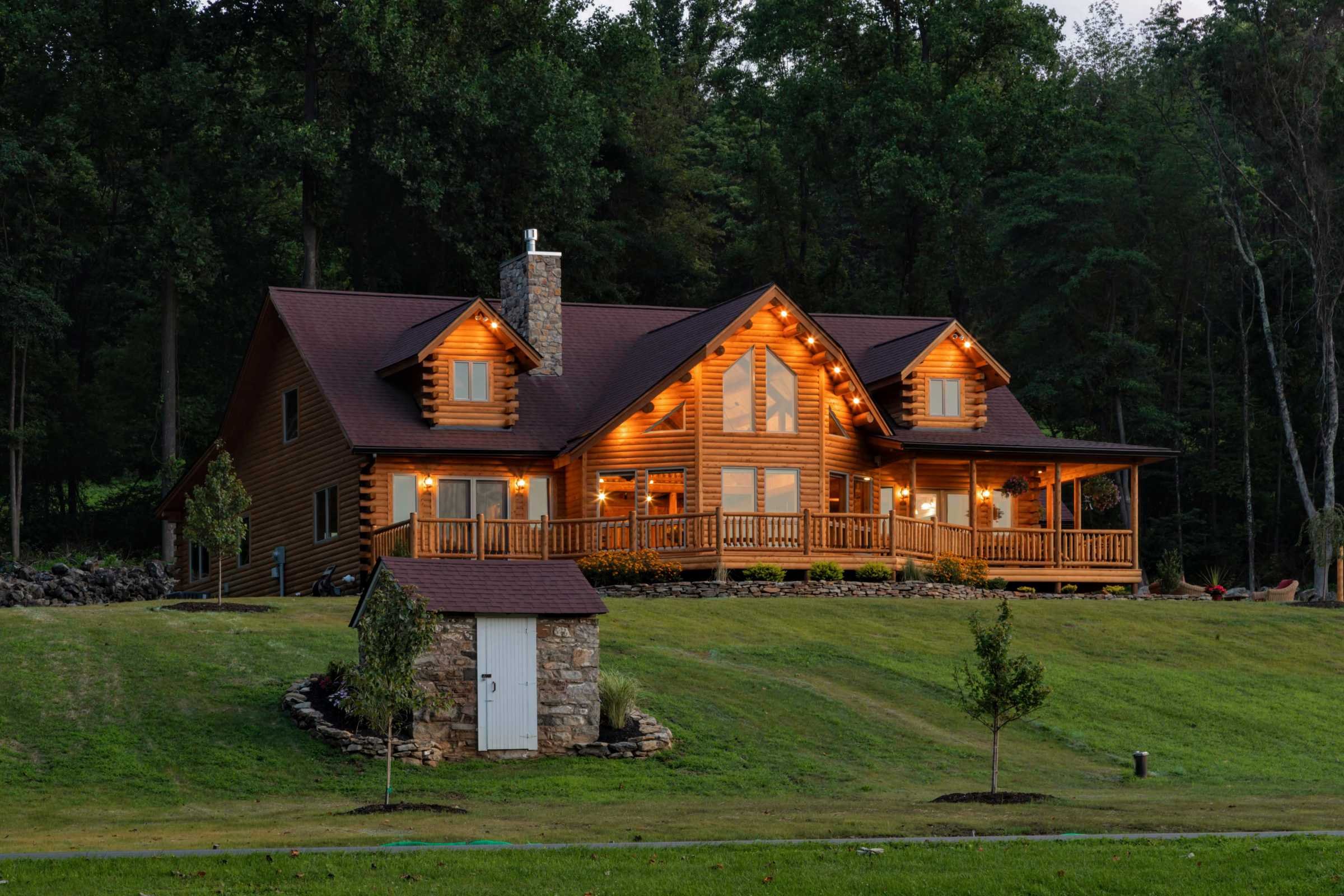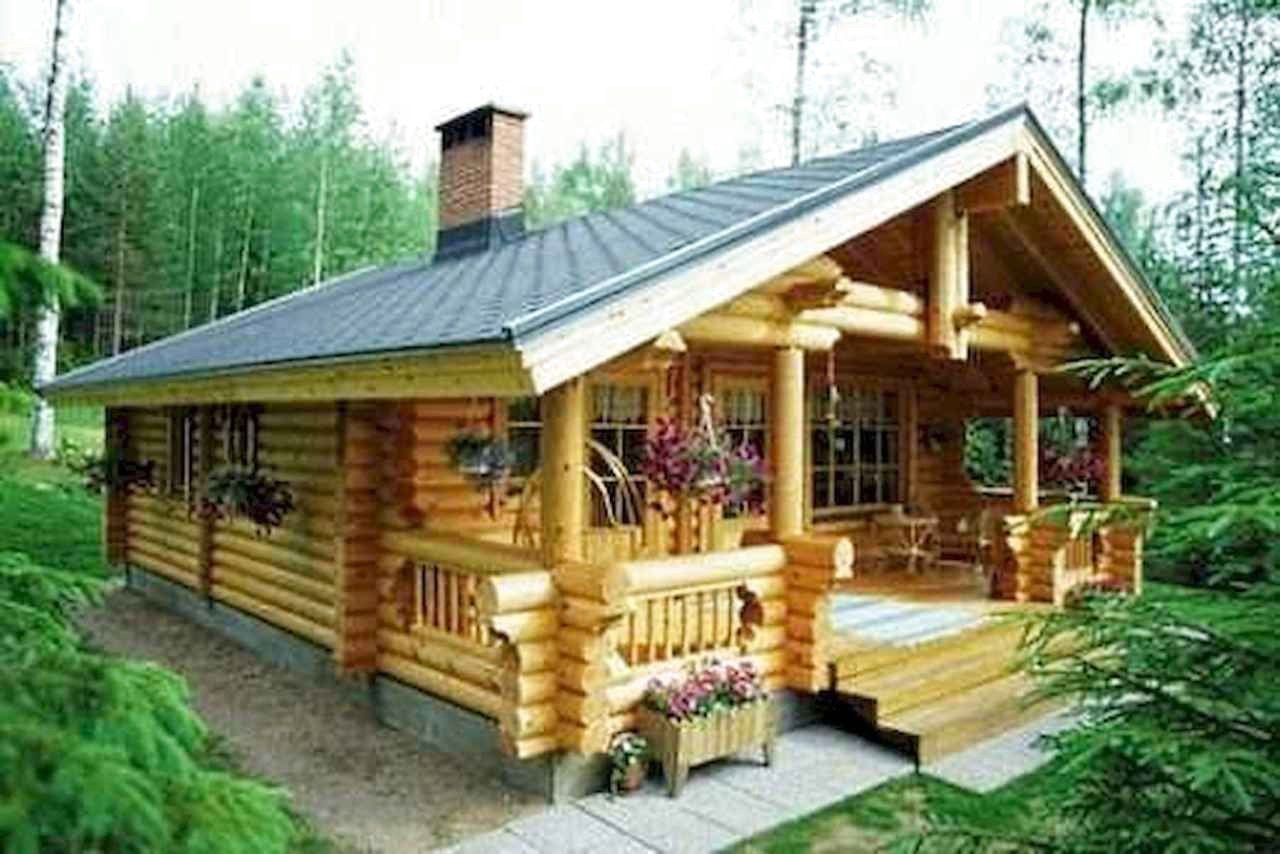**Are Log Homes Cheaper to Build: Uncovering the Cost-Effectiveness of Log Construction**
Log homes have captured the imagination of homeowners for centuries, evoking images of cozy cabins and rustic retreats. While their unique aesthetic charm is undeniable, the question of affordability often lingers. This article delves into the cost implications of log construction, comparing it to traditional building methods and exploring the factors that influence the overall expense. By examining material costs, labor requirements, and energy efficiency, we aim to uncover whether log homes can offer a cost-effective solution for homebuyers seeking a distinctive and sustainable living space.
Key Takeaways:
- Log homes often have higher construction costs compared to traditional housing due to increased labor and material expenses.
- Building log homes involves specialized skills and more labor, which drives up costs.
- Leaving the interior logs exposed can reduce interior finishing costs.
- Maintenance and settling can add to the long-term cost of log homes beyond initial construction.
Are Log Homes Cheaper to Build?

Log homes have a unique charm that draws many people toward them. However, their affordability is often a concern. While log homes offer certain advantages, are log homes cheaper to build?
The answer isn’t as straightforward as you might think. Several factors can affect the construction cost of a log home, including materials, labor, design complexity, and location.
Materials
Log homes require specialized logs, which can be more expensive than traditional framing lumber. The type of wood used, its size, and its availability in your area will all impact the material cost.
Labor
Building a log home requires specialized craftsmanship and knowledge. Log builders need to be skilled in handling and assembling logs, which can increase labor costs.
Design Complexity
The complexity of the design can also affect the overall cost. Log homes with intricate designs or multiple stories will likely require more labor and materials, leading to higher costs.
Location
The cost of building a log home can also vary depending on the location. Areas with limited access to materials or skilled labor may experience higher construction costs.
Pros and Cons of Log Homes
To better understand the cost implications of log homes, consider their pros and cons:
Pros:
- Durable and long-lasting
- Energy-efficient
- Unique aesthetic appeal
- Low maintenance (if logs are left exposed)
Cons:
- Typically more expensive to build than conventional homes
- Require specialized labor
- Can be susceptible to settling and moisture issues
- Higher insurance costs in some areas
Are Log Homes Right for You?
Ultimately, the decision of whether a log home is right for you depends on your individual needs and financial situation. Consider your budget, lifestyle, and long-term goals when making your decision.
Are you wondering if manufactured homes are cheaper than stick built homes? Well, we’ve got the answer for you.
And since we’re talking about affordable homes, you might also be curious about log homes, so we’ve got some information on that as well.
Maintenance and durability considerations

Log homes have a unique charm and rustic beauty, but they also come with specific maintenance and durability considerations.
Inspections and cleaning are crucial for detecting any damage or issues early on. Regularly inspect logs for cracks, rot, or insect damage, promptly repairing any problems to prevent further deterioration. Cleaning logs removes dirt, mold, and debris, protecting them from rot and insects.
Applying a protective finish is essential for safeguarding logs from moisture, UV rays, and insects. Stain or sealant helps preserve the wood, prevents fading, and reduces the risk of damage. Periodically reapplying the protective finish is vital to maintain its effectiveness.
Caulking and chinking are crucial for sealing gaps between logs, preventing water infiltration and air leaks. Caulking is typically used for smaller gaps, while chinking fills larger ones and provides insulation.
Roof and gutter maintenance are crucial for preventing water damage. Regularly cleaning gutters removes debris that can cause blockages and water buildup. Inspecting and repairing roof leaks and cracks promptly prevents water intrusion and potential damage to the structure.
Additional considerations include maintaining proper drainage around the home to prevent water accumulation, ventilating the home to reduce moisture buildup and prevent mold, and inspecting and repairing windows and doors as needed. A regular maintenance schedule ensures timely attention to potential issues, preserving the integrity and longevity of the log home.
Key Takeaways:
- Regular inspections, cleaning, and protective finish application are essential for maintaining log homes.
- Caulking and chinking seal gaps, preventing water infiltration and air leaks.
- Roof and gutter maintenance protect against water damage.
- Proper drainage, ventilation, and window/door maintenance contribute to the overall durability of the home.
Sources:
- Importance of Regular Home Inspections
- Home Maintenance Checklist
Labor and material costs: Understanding the cost implications of log homes
Understanding the world of log homes can be like navigating a labyrinth, especially when it comes to cost. So, let’s pull back the curtain and shed some light on the intricacies of labor and material costs involved in crafting these unique abodes.
Key Takeaways:
- Log home construction requires specialized materials and craftsmanship, driving up labor costs.
- The complexity of the design, size, and timber type can significantly impact overall costs.
- Log homes typically have higher labor and material costs than traditional construction methods.
Breaking Down the Costs
Log homes can be categorized into three main types: shell, post and beam, and timber frame. Shell homes include the bare minimum components, while post and beam homes feature pre-framed exteriors. Timber frame homes, with the most exposed timbers, tend to have lower labor and material costs.
The choice of timber also plays a crucial role. Premium woods like cedar and redwood come at a higher price, but their durability and resistance to rot make them worthwhile investments.
Comparing Costs
Estimating the labor and material costs for a log home can be tricky, as it varies widely based on factors like complexity, size, and location. On average, log homes range from $425,000 to $500,000.
While log homes may have higher upfront costs, their longevity and energy efficiency can lead to long-term savings. However, it’s essential to keep in mind that specialized maintenance and potential settling issues can add to the overall expenses.
Citations:
- Artisan Log Homes
- Gingrich Builders
Energy efficiency and long-term savings
Key Takeaways:
- Log homes are highly energy efficient due to their thermal mass and airtight construction, resulting in lower energy bills and long-term savings.
- Passive design measures are crucial for reducing heating and cooling costs in single-family homes.
- Regular inspection and maintenance are essential to preserving the energy efficiency and longevity of log homes.
Benefits of Log Homes for Energy Efficiency
Log homes offer significant energy-saving advantages over traditional wood-frame homes. Their inherent thermal mass, combined with airtight construction methods, minimizes heat transfer, keeping indoor temperatures more stable year-round. This reduced heat loss translates into lower energy consumption and utility costs.
Integrating passive design principles into a log home can further enhance energy efficiency. By optimizing window placement, incorporating thermal insulation, and maximizing solar heat gain, passive design reduces the need for mechanical heating and cooling systems, leading to even greater energy savings.
Maintaining Energy Efficiency in Log Homes
To maintain the energy efficiency of a log home, regular inspection and maintenance are essential. Inspecting logs for cracks, rot, or insect damage and promptly sealing any gaps or openings prevents air infiltration and preserves the home’s thermal integrity.
Proper maintenance of caulking and chinking is crucial for air-tightness. Caulking seals gaps between logs, while chinking fills larger gaps and provides additional insulation. Re-applying these materials as needed ensures optimal energy performance and prevents drafts.
Conclusion
Log homes are a sustainable and energy-efficient housing option, offering long-term savings on energy bills. Embracing passive design principles and implementing regular maintenance practices further enhances the energy performance of these homes, making them an excellent investment for eco-conscious homeowners.
Sources:
- Energy Efficiency of Log Homes
- The Benefits of Log Homes for Energy Efficiency
FAQ
Q1: Are log homes truly cheaper to construct than conventional houses?
A1: While the perception persists that log homes are always less expensive, the reality is more nuanced. Log homes typically entail higher labor and material costs compared to traditional construction methods, resulting in a generally higher upfront investment.
Q2: What factors influence the cost of building a log home?
A2: The cost of a log home is influenced by various factors, including its size, complexity of the design, the type and quality of timber used, and regional construction costs. Prefabricated or pre-cut log homes may offer some cost savings, but custom designs can significantly increase the price.
Q3: Can choosing specific log home components reduce costs?
A3: Yes, selecting components like windows, doors, and hardware with lower price points can help manage the overall cost. Opting to leave interior logs exposed without additional finishing can also contribute to cost savings.
Q4: What are the ongoing maintenance costs associated with log homes?
A4: Log homes require regular maintenance to preserve their durability and aesthetics. This includes cleaning and protecting logs, caulking and chinking gaps, and maintaining the roof and gutters. The frequency and cost of maintenance can vary depending on factors such as climate and the size of the home.
Q5: How do log homes compare to other types of homes in terms of energy efficiency?
A5: Log homes have inherent thermal mass and airtight construction, which can lead to potential energy savings compared to wood-frame homes. However, ensuring proper insulation and sealing is crucial to maximize energy efficiency and minimize air leaks, which can compromise energy performance.
- Best Backsplash For White Cabinets: Ideas To Transform Your Kitchen - November 24, 2025
- Modern White Kitchen Backsplash: A Guide to Stylish Kitchen Designs - November 23, 2025
- White Backsplash Ideas: Simple Ways to Refresh Your Kitchen Space - November 22, 2025










